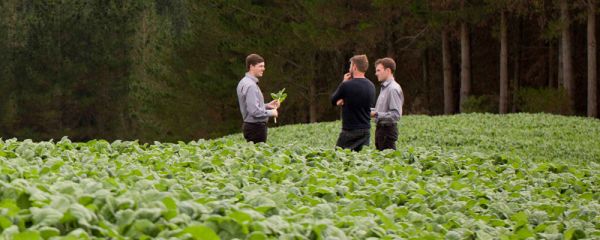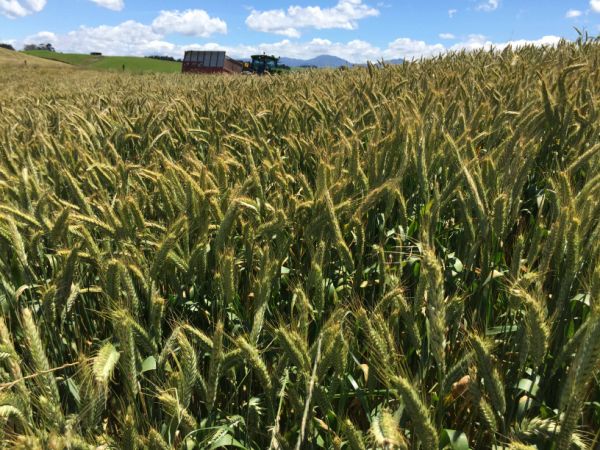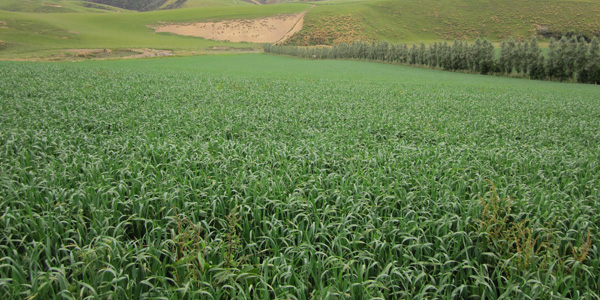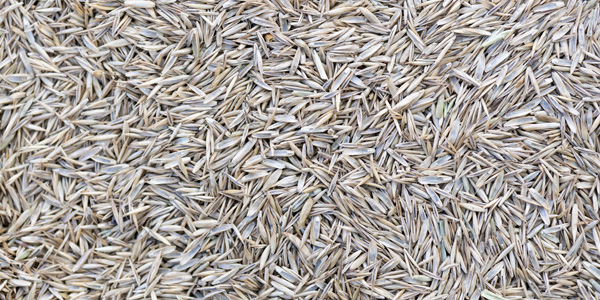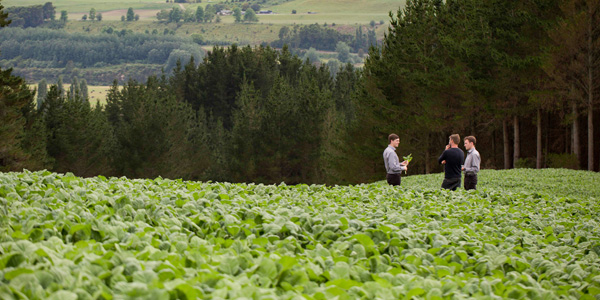
Forage Cereal: Crop Management
Forage Cereal: Crop Management
Whole Crop Cereal Silage (WCCS)
Time of sowing
Time of sowing is crucial for yield. Crops planted too late rush through their growth stages and have less time to accumulate yield. Plant crops as early as possible to maximise yield potential.
Paddock preparation
Paddock preparation can affect yield. Cultivated ground should be moderately fine and even to achieve a consistent drilling depth of 30-40 mm. Broadcasting cereal seed is not recommended.
Fertiliser
Fertiliser has a critical influence on yield potential. All spring cereals should be planted with a nitrogen-based fertiliser (e.g. 150-250 kg/ha DAP). Triticale crops normally have 66% of their total nitrogen requirements applied at the end of tillering (Growth Stage 31), with further nitrogen applied at flag leaf emergence (Growth Stage 39) for high yielding crops. Barley develops faster, so 60% is applied at sowing and 40% at the end of tillering (Growth Stage 31).
The total amount of nitrogen required depends on existing soil nitrogen levels and the target yield (e.g. irrigated or low rainfall). Irrigated crops on heavily cropped land can require 250 kg N/ha to achieve 16 t DM/ha, but a dryland crop on fertile soil may only need 80 kg N/ha for a 10 t DM/ha yield. Fertile soils will supply enough potassium, phosphate and sulphur, but soil tests often show that potassium fertiliser is required (at planting).
Weeds
Weeds should be controlled before canopy closure (Growth Stage 21-29) because they will reduce silage yield and can affect palatability. Many broadleaf herbicides are suitable. Check with your retailer or chemical company.
Plant growth regulators
Plant growth regulators can improve silage quality of triticale crops by increasing the ratio of grain to stem/leaf. These need to be applied at an early stage (Growth Stage 31), discuss this with your retailer or chemical company.
Fungicides
Fungicides can protect the yield and quality of silage. Fungicides are commonly applied with herbicides or plant growth regulators to prevent disease. Full rates are usually then applied at full flag leaf emergence (Growth Stage 39) to keep leaves green during grain fill, and to comply with withholding periods. Triazole and strobilurin chemicals are commonly mixed to achieve both ‘knock-down’ and residual control. Discuss with a retailer or chemical company representative.
Harvesting of WCCS
Harvesting of WCCS requires planning and monitoring to ensure correct timing. The grain needs to develop until it is larger than the seed you planted and will have changed colour from light-green to yellow/light-brown (see photo above). When you squeeze the grain between your finger nail and finger, it should crease easily but no liquid or white ‘slop’ should ooze out of the grain. This is called the ‘cheesy dough’ stage, because the contents of the grain resemble colby cheddar cheese. The drymatter of the crop should then be 36-40%.
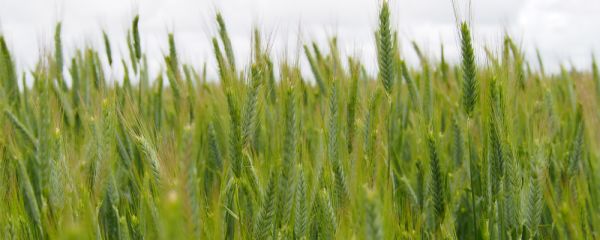
Our Forage Cereals range
VIEW PRODUCTS